IN FOCUS: Insatiable global meat appetite leaves Thai farmland scarred, rural communities in the dust
Thailand is Southeast Asia’s largest protein producer. As global demand for meat grows, the forests and mixed-crop landscapes of the northern region have turned into mega maize farms to supply animal feed. Change is needed, say experts.
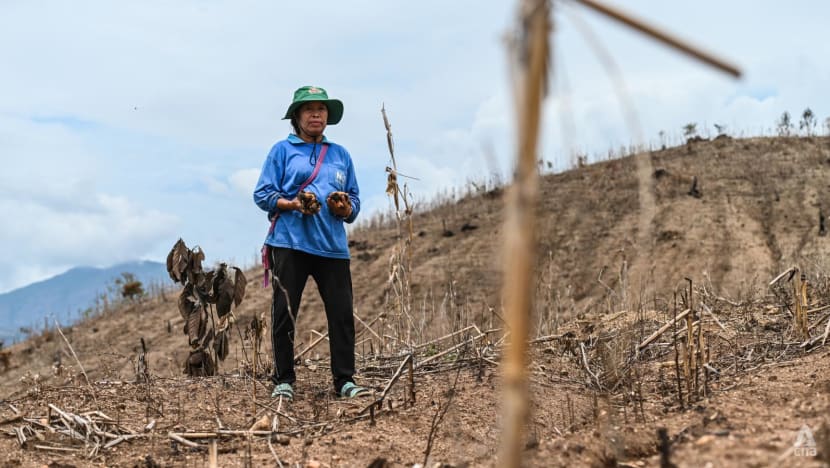
Suthat Thepin has been working these hills in Chiang Mai for decades. (Photo: CNA/Jack Board)

This audio is generated by an AI tool.
CHIANG MAI, Thailand: The road that rises and curls around the high ridgelines of Doi Inthanon - Thailand’s tallest mountain - can almost touch the clouds.
As the tarmac drops back to earth, the terrain languidly flattens, forming fertile valleys ideal for growing food - rice and vegetables like pumpkins and chillies.
But in the span of a generation, the area has turned into an industrial agriculture zone focused largely on a single crop: Maize.
“When I was young, it was all forest. Some people raised buffaloes, some collected mushrooms and bamboo shoots. We used to play around and pick vegetables to eat like snacks. We didn’t have to buy anything,” said Suthat Thephin, a farmer for about 30 years.
“But now, it’s all changed. The places where we used to play are gone and have become someone else’s farm.”
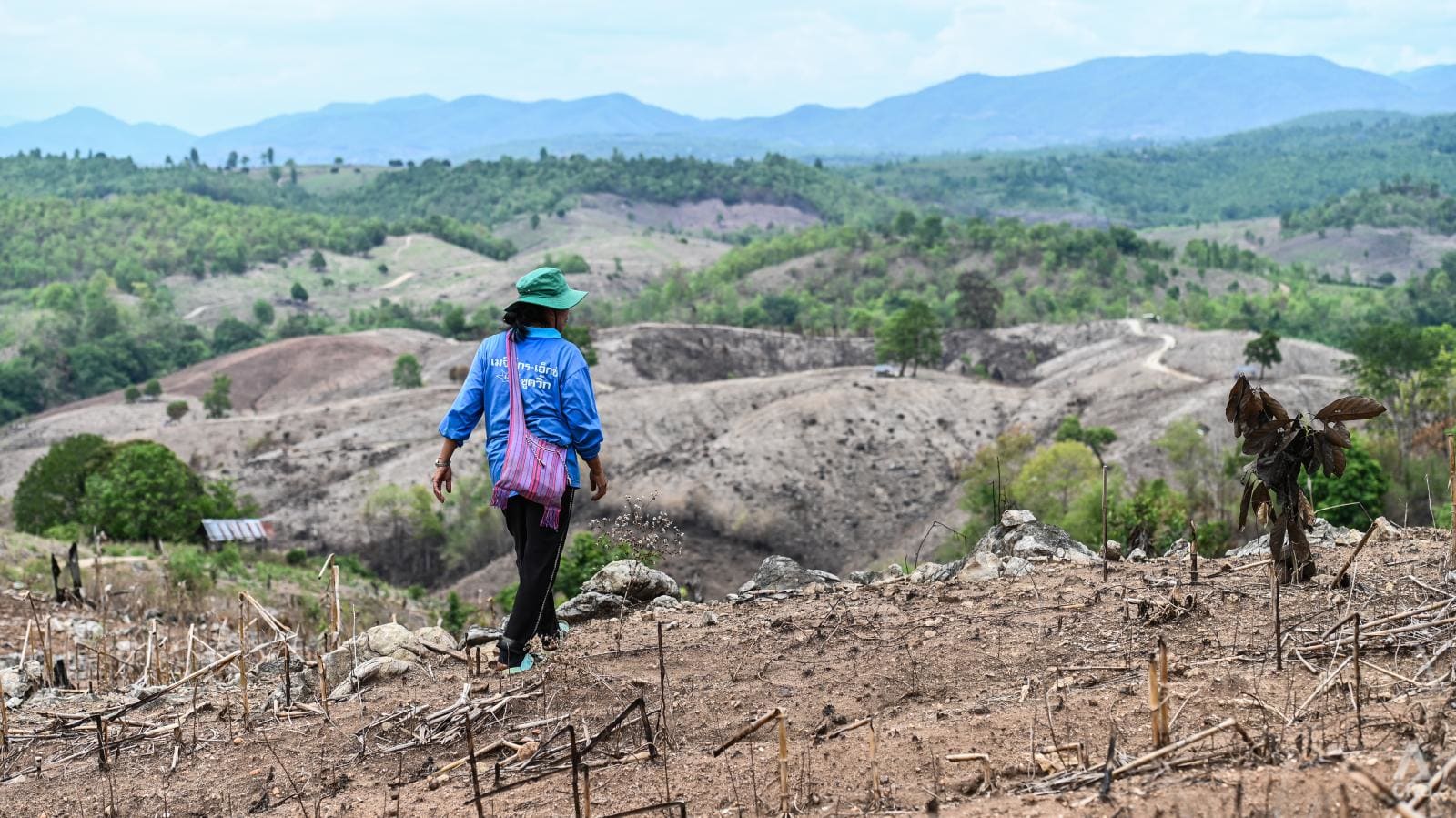
In Mae Chaem district, about 125km west of Chiang Mai, the soil is now drained of life, crunching sharply underfoot.
Deep cuts of erosion run down hillsides like contour lines on a map.
Blackened corn cobs are the evidence of what was grown here a couple of months ago.
Maize is the fourth most grown crop in the country, prevailing in certain parts of the north and north-east. It is the dominant monoculture in the surrounding region too; in Myanmar’s Shan State and northern Laos.
By examining satellite data, the non-government organisation (NGO) Greenpeace found that 1.88 million hectares of forest in the Mekong Basin was converted for maize cultivation between 2015 and 2023, a figure dominated by these three regions.
All three areas serve the animal feed industry with direct or indirect links to Thailand.
Suthat is the sculptor of the landscape here, but she is far from being the architect. The industrial-scale changes that have swept over swathes of northern Thailand are part of the country’s efforts to scale up its economically mighty meat sector.
The production of feed, mainly for chickens but also pigs, is fuelled by rising meat demand as countries in Southeast Asia and other parts of the world grow more affluent.
Asia could see its meat consumption rise by 78 per cent by mid-century, based on 2018 data from Asia Research and Engagement, an independent consulting firm.
With Thai companies playing a leading role in this modern-day food chain, there have been growing calls by scientific researchers, clean air advocates and environmental groups to improve the sustainability of the maize industry and address its impacts on health, soil, air quality, water and livelihoods.
“What we're seeing now at scale across northern Thailand, and indeed in parts of the rest of Southeast Asia, is a gradual encroachment of commodity agriculture,” said Mark Simmerman, a forest and agriculture researcher and advocate based in Chiang Mai.
“This is about producing large amounts of a single product, particularly maize, or corn. Nearly all of that maize goes to be ground up and put into animal feed. And that industry is huge and booming as people eat more and more and more meat.”
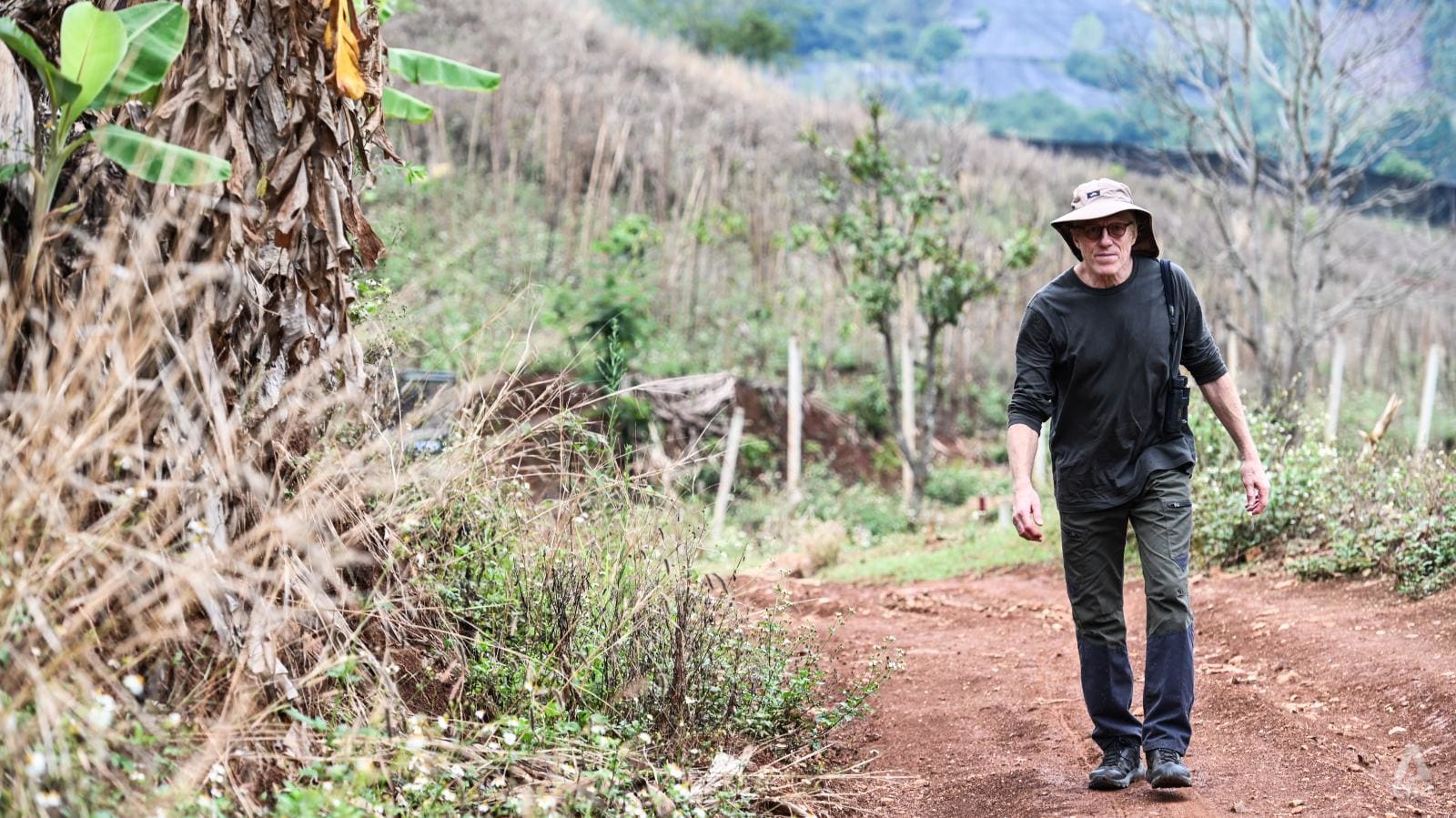
THAILAND A GLOBAL MEAT PLAYER
Thailand is Southeast Asia’s largest protein producer – the only net exporter of meat products in Asia and a major producer of animal feed, pork and seafood.
It is also the world's largest exporter of processed chicken.
From supermarkets in Hungary, to petrol stations in the United Kingdom, markets in Malaysia and izakayas in Japan, there is a strong chance that chicken being sold has its origins in the kingdom.
Thailand’s chicken exports have soared in recent years, increasing by about three times since 2009, a period where the country was just starting to recover from the devastating 2004 H5N1 avian influenza outbreak.
In 2023, it exported more than one million tonnes of chicken, with a value of approximately US$4.1 billion, making it the largest player in Asia.
Thai multinational conglomerate Charoen Pokphand (CP) is the largest chicken producer in Asia.
In 2022 it was the world’s largest animal feed producer and, in 2024, the fifth largest, a ranking drop partly attributed to the restructuring of its broiler farms in China.
Other big conglomerates in the country’s meat sector with large operating revenues include Betagro Group, GFPT, Cargill Meats, Thai Foods Group and Thai Union Group.
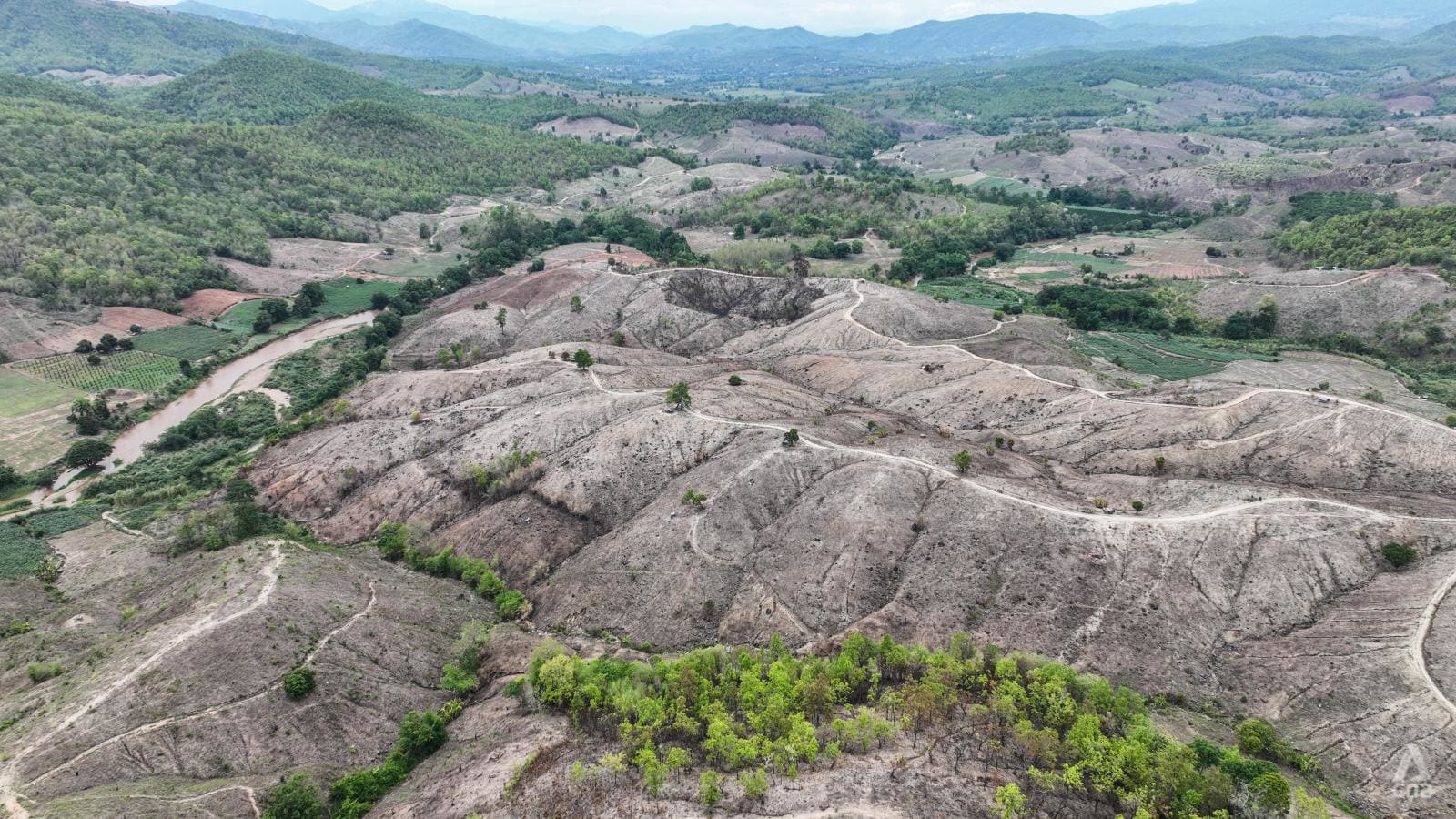
Over many years, the influential companies operating in Thailand have spread their market influence, beyond Southeast Asia to the developed economies of East Asia and Europe, seeking out opportunities in the higher-value processed and cooked chicken sector.
CP, for example, in 2023 operated and invested in 17 different countries, including the United Kingdom, United States, Brazil, Russia and Turkey. Betagro has export activities in more than 20 countries worldwide.
The development of the sector has run parallel with shifting consumer tastes towards eating more meat, rapid urbanisation and increasing wealth in Asia.
In 1990, on average, each person in Thailand ate 16.6kg of meat per year. By 2022, that number reached 28.1kg, based on analysis of data from the Organisation for Economic Co-operation and Development and the Food and Agriculture Organization of the United Nations.
It is projected to rise to 41.6 kg in 2050, the data found.
Similar trends can be seen across the region and the world.
Vietnam’s has quadrupled over the last three decades. China's per capita meat consumption has tripled since the late 1980s and it now makes up more than a quarter of all meat consumed globally.
Indonesia’s total meat and seafood consumption is projected to triple from 2018 to 2050, according to the Asia Research and Engagement report.
To supply this industry requires a huge and steady amount of feed. And maize production has geographically followed meat demand.
In 2020, about 1.15 million hectares of arable land in Thailand was used for maize production for animal feed. It imported around 60 per cent of its maize needs, which has a primary use as animal feed.
.png?itok=oVc5XZ7R)
Maize cultivation in Thailand spiked over different periods when market conditions were favourable for farmers, especially in the 1980s when larger areas of land became dedicated maize zones, and in the late 2010s, when productivity improved.
Cultivation also expanded to countries like Myanmar due to lower costs and to serve the rise of the middle class in China, said Kevin Woods, a fellow at educational non-profit East-West Center who was previously based in Myanmar and researched the rise of maize cultivation.
The total land use - domestically and internationally - associated with Thailand’s meat and farmed seafood production was 4.3 million hectares in 2020, nearly double what it was in 1990, according to analysis by Madre Brava, an international climate advocacy organisation.
It also projected that under a business-as-usual scenario, the land use will increase by a further 42 per cent by 2050 to 6.15 million hectares, about 84 times the size of Singapore.
Such an increase will mean the likely loss of more forest, and observers say more must be done to improve the sustainability of the industry.
“I don't think we have enough land to grow food for animals. The environmental consequences will be catastrophic. We have to get our act together now,” said Wich Piromsan, the Thailand director of Madre Brava.

HARD TO BREATHE
One of the most direct impacts of the growth of industrial agriculture in northern Thailand and its neighbours is the transboundary haze that regularly occurs from January to April.
The air pollution results from farmers – including Suthat – who burn their fields to clear the stubble after harvest. Ashes to dust is the formula here.
Like many upland farmers, Suthat said there is little alternative.
The farmers begin by clearing fields, cutting small trees and removing grass. If the area is flat, they can plough, but if it is in the highlands or steep, like much of northern Thailand is, they will burn it.
In close proximity to forests, the burning can easily grow out of control.
After the burning is completed, farmers will spray a chemical called a pre-emergent herbicide to prevent grass from growing back.
This can be repeated a few times, leaving the land bare and barren. When the time comes, they will start planting seeds again, applying layers of chemical fertilisers in the process.
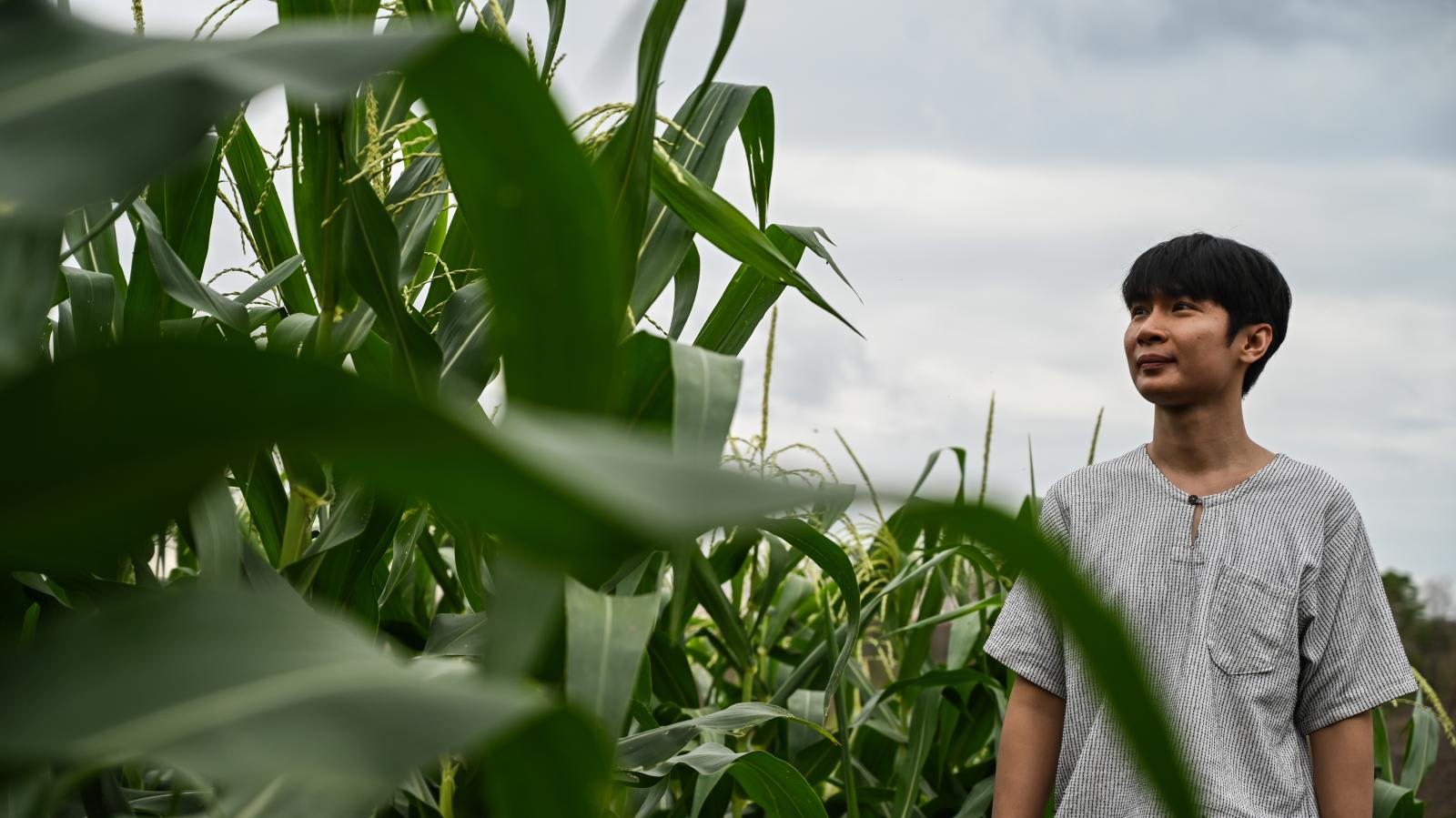
That said, PM2.5 pollution - tiny pollution particles that can cause serious health problems - in Thailand is also caused by cultivation of other crops like sugarcane, as well as transport and industrial emissions.
As maize cultivation also takes place across Thailand’s borders, curbing pollution from burning is challenging and “has to be done region wide… to include other countries and try to work together”, said Somporn Chantara, the head of the Environmental Science Research Center at Chiang Mai University.
Overall, these types of agricultural emissions contribute to more than 34,000 premature deaths annually in Thailand, according to research by Madre Brava. The total death count could reach 361,000 by 2050 if meat demand grows, the organisation projects.
The conversion of forest areas to industrial maize plantations has also led to an increase in the risk of flooding and landslides in both Chiang Mai and Chiang Rai provinces.
Across late 2024, the region saw its worst flooding in decades, including deadly mudslides and entire communities inundated by torrential waters. Areas used for industrial maize were more prone to dangerous runoff and disaster risk, Greenpeace found.
“It's pretty traumatic, actually, when you look at it with your own eyes and walk through either an intact forest or an area that was a forest just a year or two or five years ago and is now dramatically altered,” Simmerman, the researcher, said.
“It's painful to see, to be honest, the destruction.”
Thailand’s forests have steadily shrunk – from three-quarters of the country at the beginning of the 20th century, that figure has dropped to about one-third.
While commercial logging was banned in 1989, the pressures on the remaining tracts of land are real.
“You see these situations where (farmers) literally cut the trees all the way up to a national park border. On one side, it's a gorgeous, lush forest. On the other side, it's a desert,” said Simmerman, who has lived in Thailand for a couple of decades.

THAI FARMERS: POOR AND IN DEBT
Beyond the environment, the growth of maize farming has also affected farmers’ livelihoods.
Chanoknan Nanthawan, an environmental activist and founder of Somdul Chiang Mai, an organisation dedicated to raising awareness on pollution issues in northern Thailand, said that locals used to plant only home-grown vegetables for consumption by their family or neighbours.
“However, when maize cultivation was promoted, agricultural land use changed from using small areas to using much larger ones, which means that more forested land was being converted into cornfields,” he said.
“In the beginning, it seemed good, like an alternative way to earn more money. That’s why it got popular,” Chanoknan said.
“It helped them make a living. They can send their kids to school. They can buy a TV, fridge, motorcycle, car or even renovate their house into a concrete house. These things sparked their hopes.”
But when the same land is used repeatedly without rest, the soil becomes degraded and the yield starts to decline.
The farmers become more reliant on industry inputs, like drought-resistant seeds, herbicides, weed killers, insecticides and chemical fertilisers, which increases their costs, he explained.
“It becomes contradictory - high investment but low returns. This leads to increasing debt.”
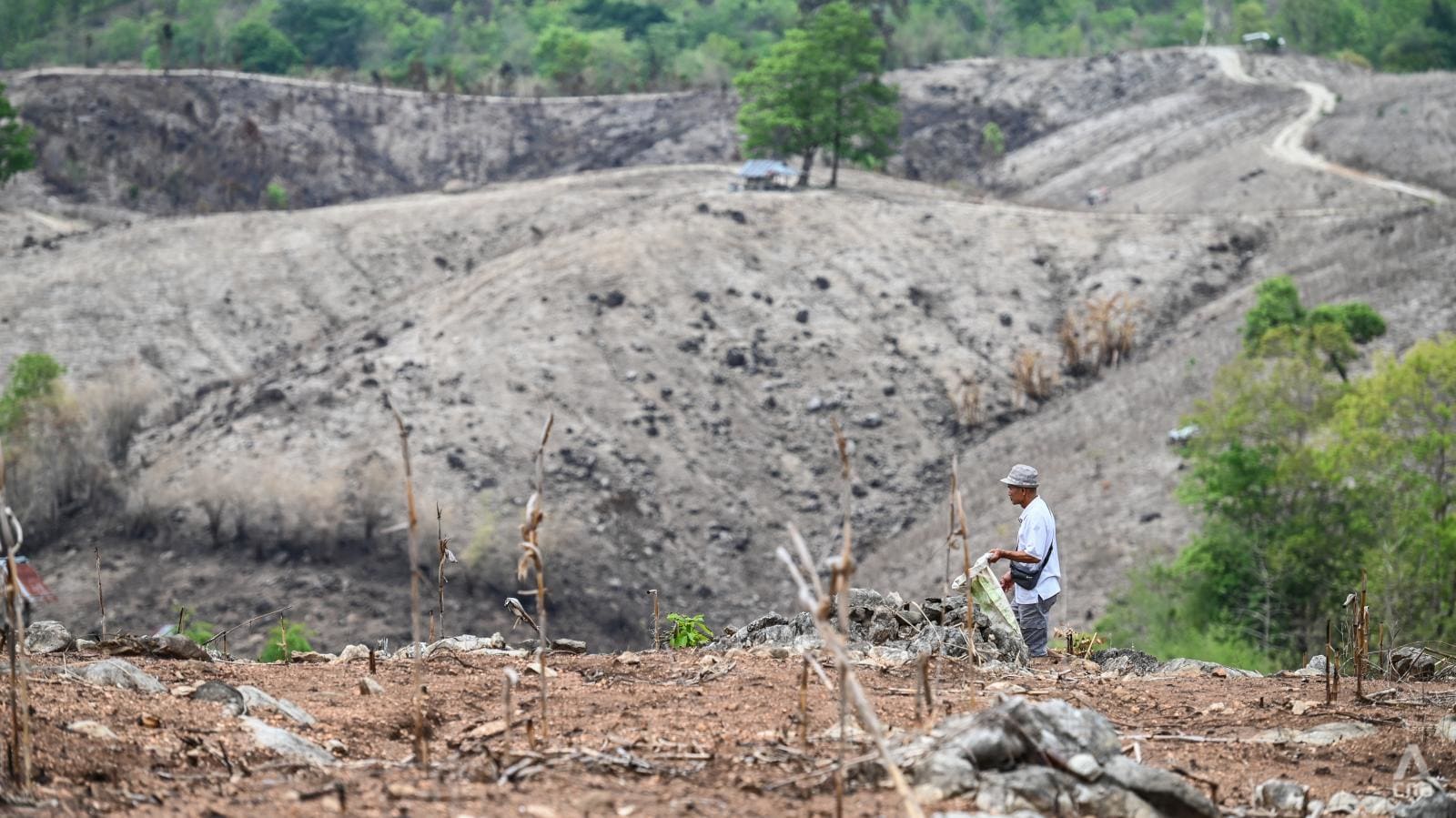
Thai farmers - an increasingly ageing subset of society - experience high levels of debt and poverty. Approximately 37.5 per cent of elderly individuals in rural areas live below Thailand’s poverty line.
The majority of the nation’s poor - 79 per cent - live in rural areas, mainly in agricultural households, based on a 2022 report from the World Bank. It found that over the previous decade, farm income has persistently decreased.
Because farmers are a step removed from the companies they ultimately supply, there is little support for them like a regular employee might receive in a regular job. The farmers sell their maize to intermediary middlemen, rarely to the big companies themselves.
“In some years, farmers sell their maize at a loss; in others, they just break even. The chances of getting a high enough price to truly support themselves are very slim,” said Somkiat Meetham, a civil society researcher based in Mae Chaem.
Enmeshed in a cyclical monocrop system and with crippling debt means many farmers cannot look to a better future, said Sayamol Charoenratana, the director of the Center for Excellence for Human Security and Equity at Chulalongkorn University.
She said she has been left saddened after having conversations with many rural communities over the years about trying to make their livelihoods more sustainable.
“They tell me, we cannot imagine the next five years or 10 years, just only this year, about how we can survive,” she said.
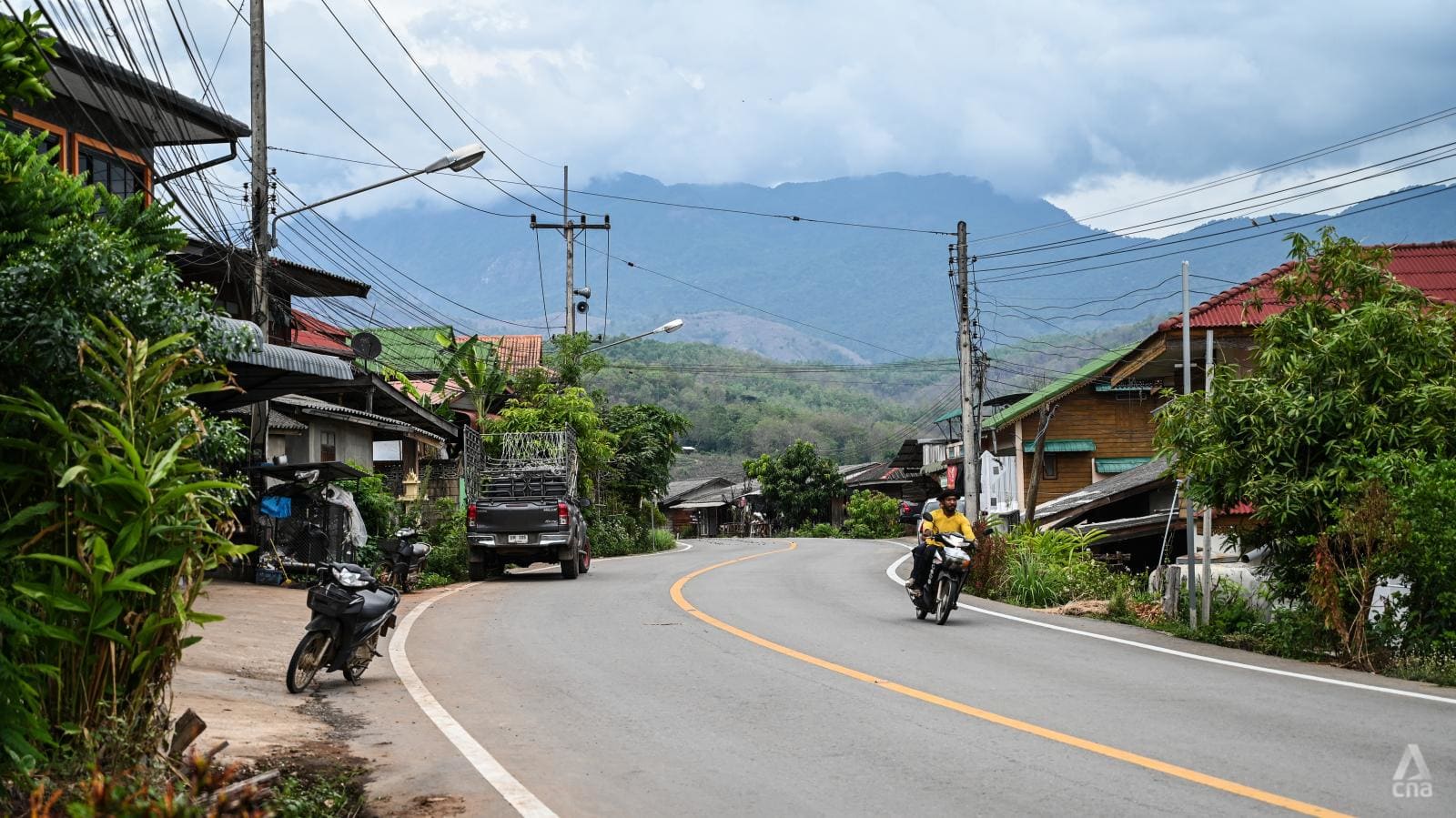
Suthat, the farmer, said she would walk away from what feels like an endless maize cycle if she could.
“I’m old already. I will try for five more years maybe. Or until I can’t do it anymore. If I didn’t have a loan (to service), I wouldn't keep doing this. It’s only because of that,” she said.
The impact is also felt in Myanmar.
In 2024, 88 per cent of Myanmar’s official maize output was exported to Thailand, according to United Nations records.
There, what started as a US-government scheme - called American 101 - to shift farmers away from growing opium, became a widespread scheme of cross-border contract farming in the early to mid 2000s, enabled by favourable Thai government policies under the helm of then-prime minister Thaksin Shinawatra.
Myanmar farmers had been given favourable prices for CP seeds and other inputs to transition from their subsistence operations to becoming contract farmers for maize, research by East-West Center’s Woods found.
Contract farming normally is an agreement between both parties, setting out the quantity and quality of the crop to be delivered, the price the farmer will receive and the timing for delivery.
At the same time, Myanmar maize was allowed to be imported into Thailand tariff-free.
But as the crop took hold and those company subsidies faded, Myanmar farmers who were no longer growing their own food became vulnerable to turbulent market forces.
Woods found that villages were disbanded as desperate farmers became landless, having sold their plots to serve rising debts.
“I've been doing this type of research for 25 years. I have never even witnessed anything remotely so dramatic,” he said, noting how small landowners were forced to become workers for whoever was wealthy enough to buy the land at the time.
“We're servants in our own house. That's what one farmer told me, which I think sums it up so well.”
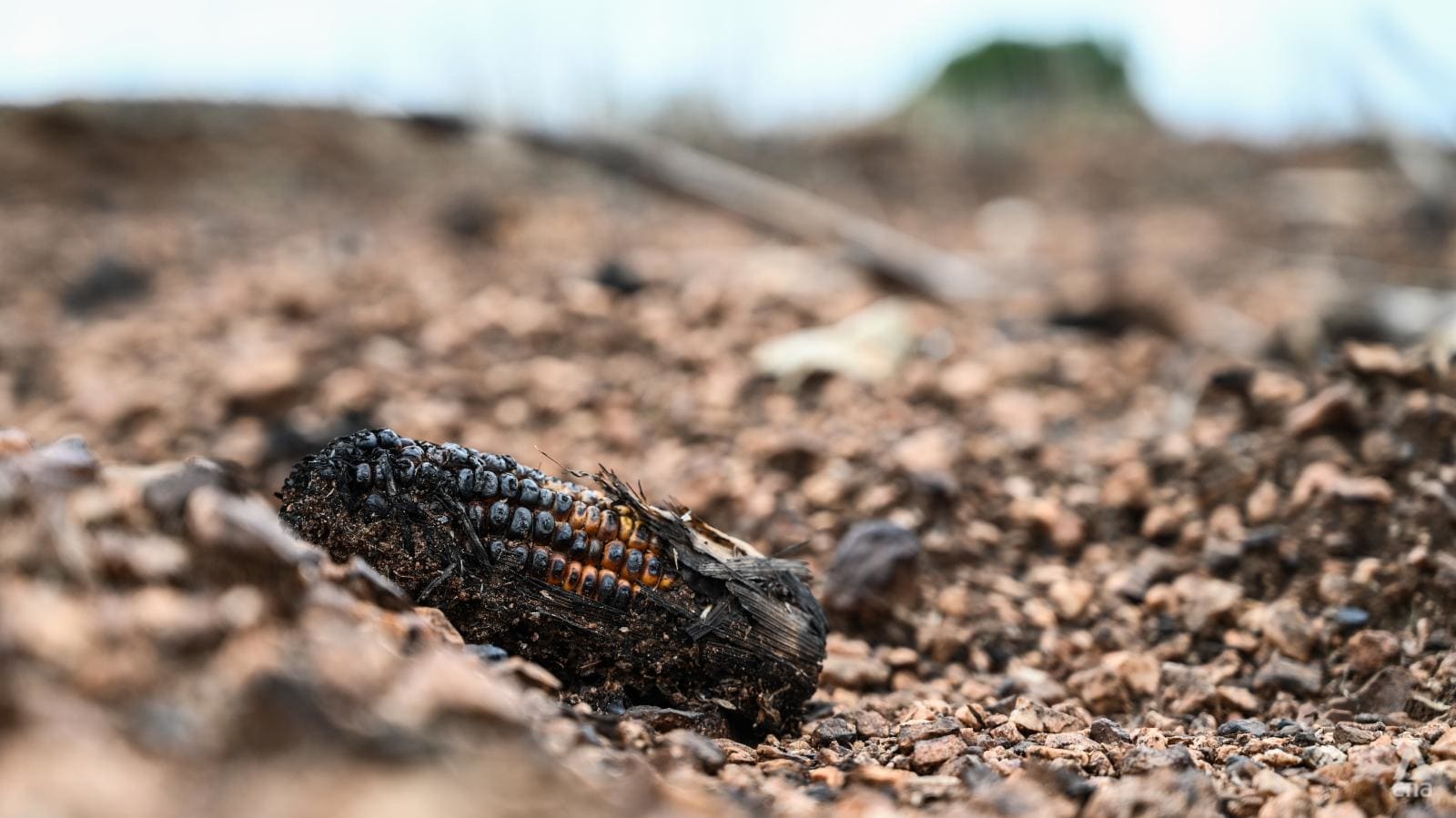
CHANGING LANDSCAPES
The Thai public and activists have tried to drive action on air pollution in recent years.
In April 2023, the government was sued after the skies turned dark over Chiang Mai and the city recorded the worst air in the world on Apr 6, with PM2.5 levels exceeding the World Health Organization’s recommended daily limit by 15 times.
About 1,700 residents, including academics, activists and medical professionals, filed a class-action lawsuit against then-Prime Minister Prayut Chan-o-cha and other institutions like the National Environment Board (NEB) and the Securities and Exchange Commission.
Less than a year later, the Chiang Mai Administrative Court ruled that the prime minister and the NEB were negligent in their duties and ordered the authorities to take concrete actions against air pollution.
One of the lawyers involved in the case for the plaintiffs was Watchalawalee Kumboonreung, an environmental lawyer at EnLAW, an NGO that provides legal and human rights support to communities.
She said that the current government that followed the Prayut administration has done little to move the needle on the issue.
“They promised that they were going to put PM2.5 pollution on the national agenda, to solve it immediately. But we did not see a new plan. We just only see a draft,” she said.
A clean air bill has been supported by the national cabinet but no law – which would include establishing a body to set air quality standards and the regulation of pollution sources, including open burning and transboundary issues – has been passed.
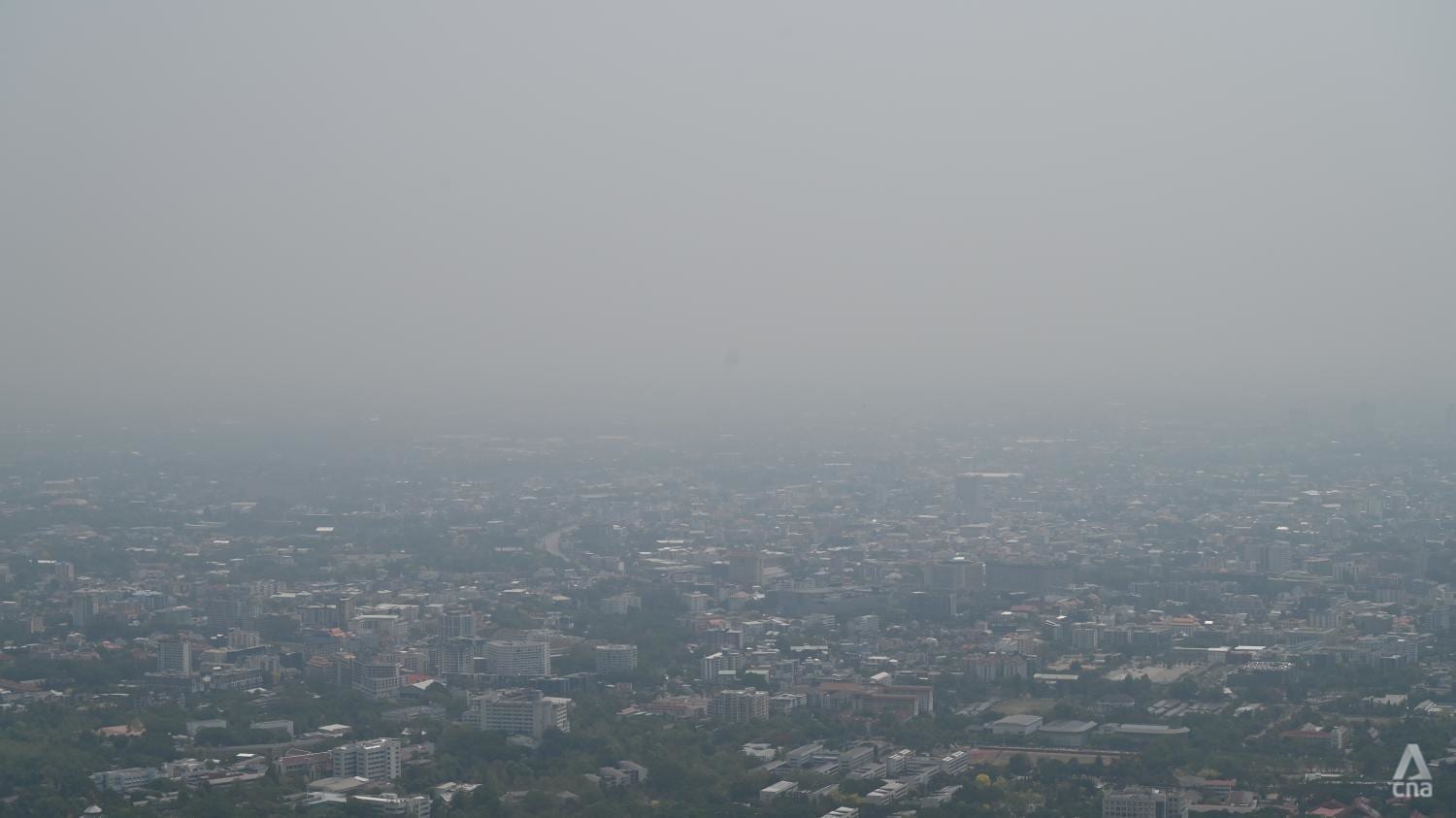
Government officials are aware of the need to “prevent the further expansion of maize cultivation” in upland areas in northern Thailand, said Jongrak Imchai, the director of the Office of Agricultural Research and Development at the Department of Agriculture in Chiang Mai.
She acknowledged that land is commonly burnt to serve animal feed production.
The government should focus on restoring land to its original state as a watershed with large trees, ensuring the sustainability of the forest ecosystem, she said.
The Thai government is also pushing to restrict maize imports from land where burning has occurred. It has agreed in principle to ban such imports and is expected to pass clean air legislation by the end of this year.
But a ban could be potentially challenging to both enforce and monitor, especially from Myanmar, and would require certifications issued by relevant authorities in those countries, said experts.
There is no looming law to cover a ban on domestic maize burning. Importers would also be compelled to show maps of where their maize originated from.
Government policies continue to promote and protect the maize industry, however.
From 2023, the government started to implement a minimum price floor to guard maize farmers from price fluctuations. The programme also requires feed mills to prioritise buying locally produced corn.
It encourages the cultivation of maize, shoring up some of the supply that Thai industry requires and disincentivises farmers from taking risks to switch to growing alternative crops, said Itthirit Wongchai, an agriculture industry researcher from the School of Economics and Investment at Bangkok University.
This further cements the role of the industry in rural Thailand, he said. “If we still have the same insurance policy for the farmers, of course, they will not change what they’re doing.”
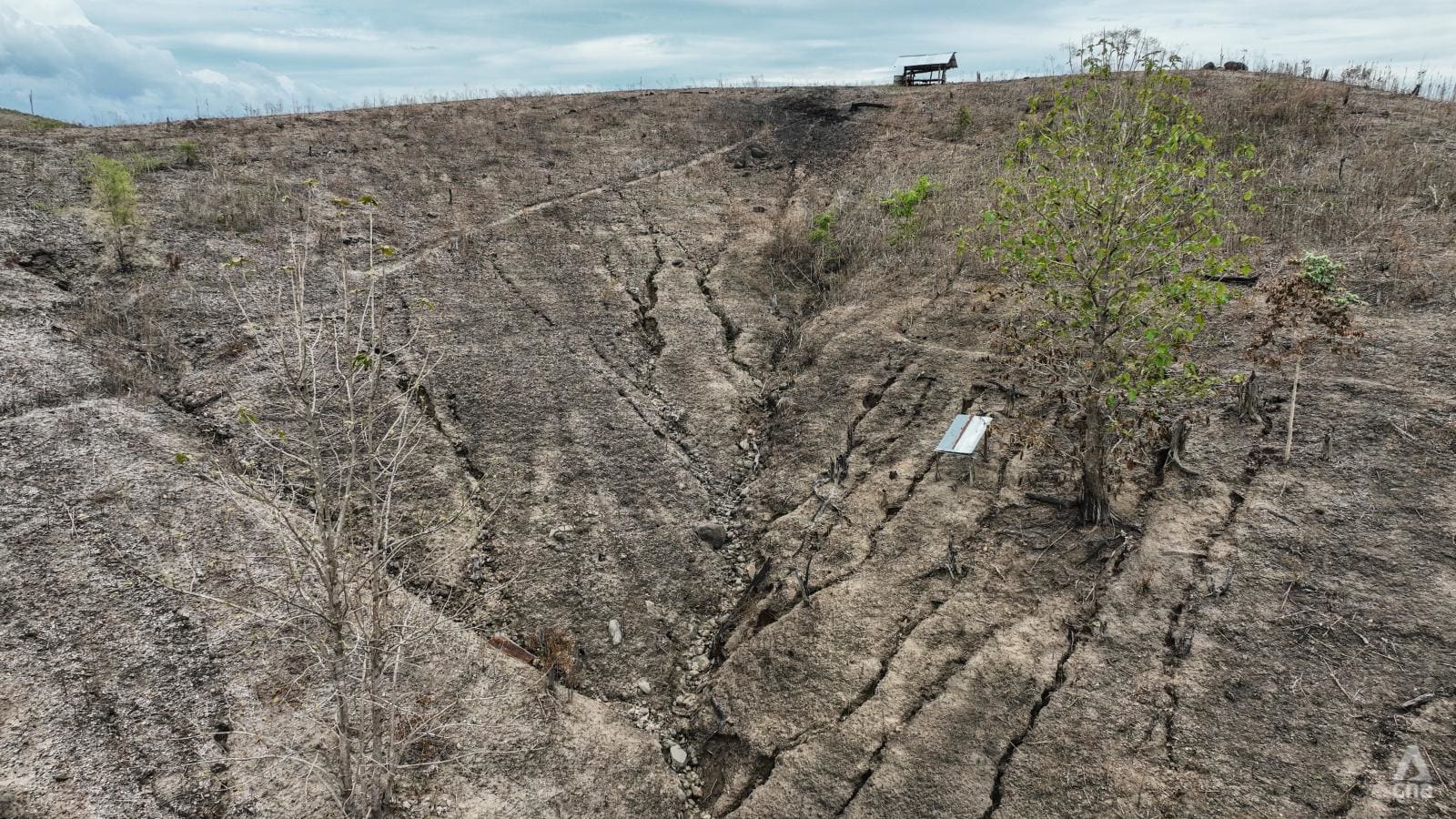
At the same time, the government itself is also promoting alternative crop programmes in areas that annually burn, described by Jongrak as a three-pronged approach in the Chiang Mai area.
The first aspect is to change farmer habits of burning by developing and introducing microorganisms to decompose plant waste.
Replacing maize in upland areas with high-value crops like coffee, macadamia and avocado will “lead to a more sustainable system”, she said, as will growing alternative crops such as soybeans instead of maize.
Stephen Elliot, research director at Chiang Mai University’s Forest Restoration Research Unit, has an even more upending solution to the problem.
He wants to compel farmers to protect their own fields and turn them back to forest. His unit’s solution is to monetise the carbon being captured and stored in restored forest by encouraging farmers to plant trees instead of maize.
It could have the co-benefits of increasing farmer incomes, reducing smoke-related public health problems, protecting watersheds and conserving biodiversity, a research paper he co-authored found.
It would require Thailand setting up a carbon market where companies would compete to buy credits, which it is currently exploring.
“We have the figures to say that that would be immensely profitable. I think when you have a few farmers making a lot of money from this, everybody will be looking at them and wanting to do the same thing,” he said.
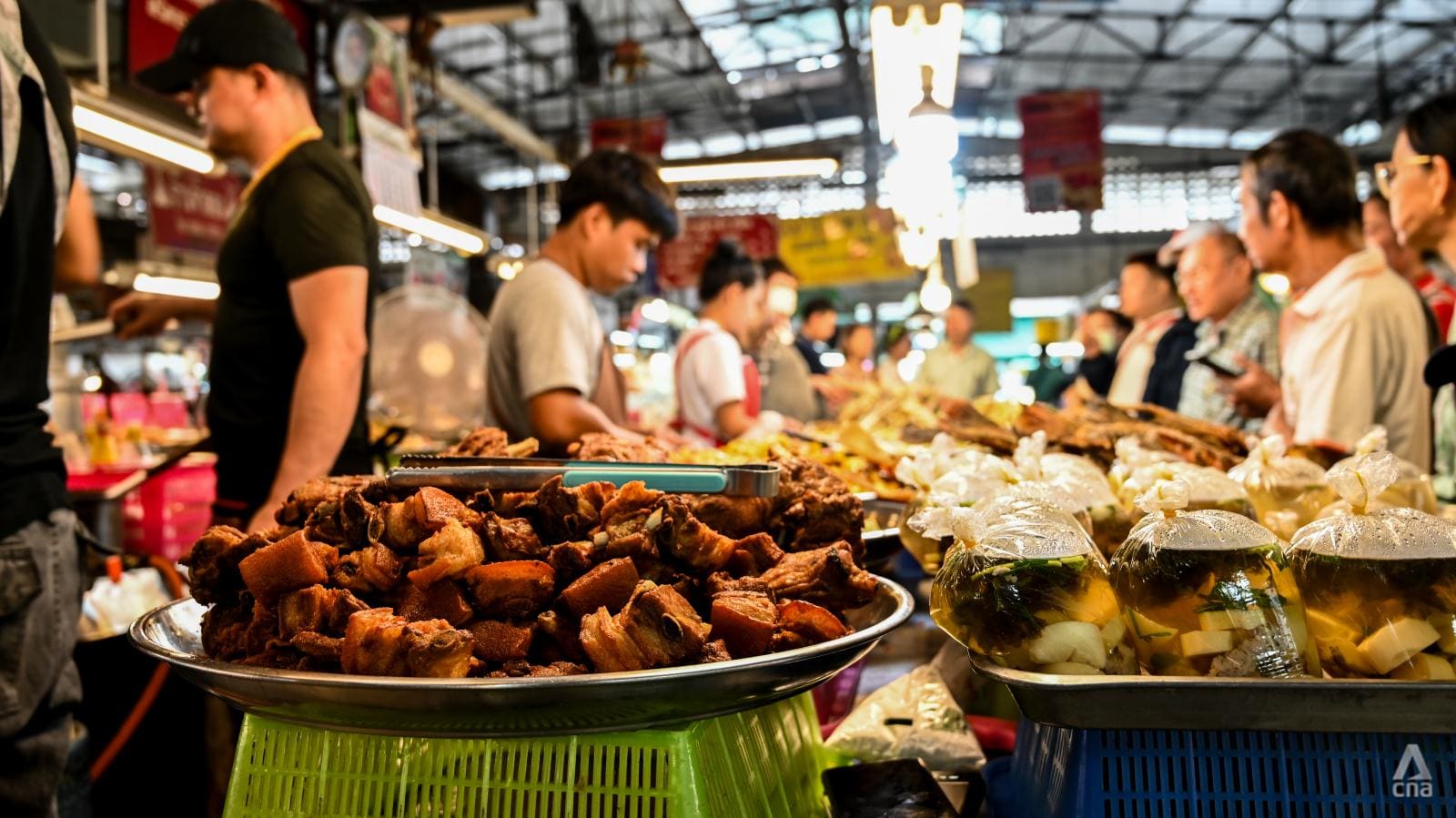
COMPANY PLEDGES
Some companies, meanwhile, have made pledges but efforts remain a work-in-progress.
One of CP Foods’ cornerstone policies is “no purchasing and importing maize products from deforestation and stubble-burning areas”.
It also had a target to achieve zero deforestation for four key agricultural raw materials including maize, soy, palm oil and cassava in its global operations by 2025.
In its sustainability report, CP Foods said it uses blockchain technology and advanced satellite imaging technology to determine exactly where field burning has occurred and would not knowingly purchase maize from those producers.
“When a hotspot is found on the registered plot, the company will investigate and issue a warning notice to the farmer with knowledge sharing on how to properly manage stubble without burning,” its report states.
Throughout 2023, 98 hotspots were investigated with warning notices issued, it said.
CP Foods’ zero deforestation sourcing approach is based on land title deed certificates or official documents certifying that the plantation area is permitted as agricultural land.
It has set a target for 100 per cent of key raw materials to be traceable by 2030. Currently less than half of its overall materials are traceable, while 61.2 per cent of its maize plantation areas achieve that target.
Less than a quarter of its maize in overseas plantations had traceability in 2023, in operations covering Cambodia, Philippines, Malaysia, Laos, Vietnam and India, but not Myanmar.
Betagro Group, which has animal feed operations in Cambodia, Laos and Myanmar, said in its 2023 sustainability report that 100 per cent of its animal feed corn was traceable to vendors and countries of origin.
“In addition, the company extended its Traceability System to cover some cultivation areas,” it said. It also runs a project to promote sustainable maize growing “without invading the forests” in several Thai provinces.
CNA made several interview requests to CP Foods and Betagro but neither firm took up the offer.
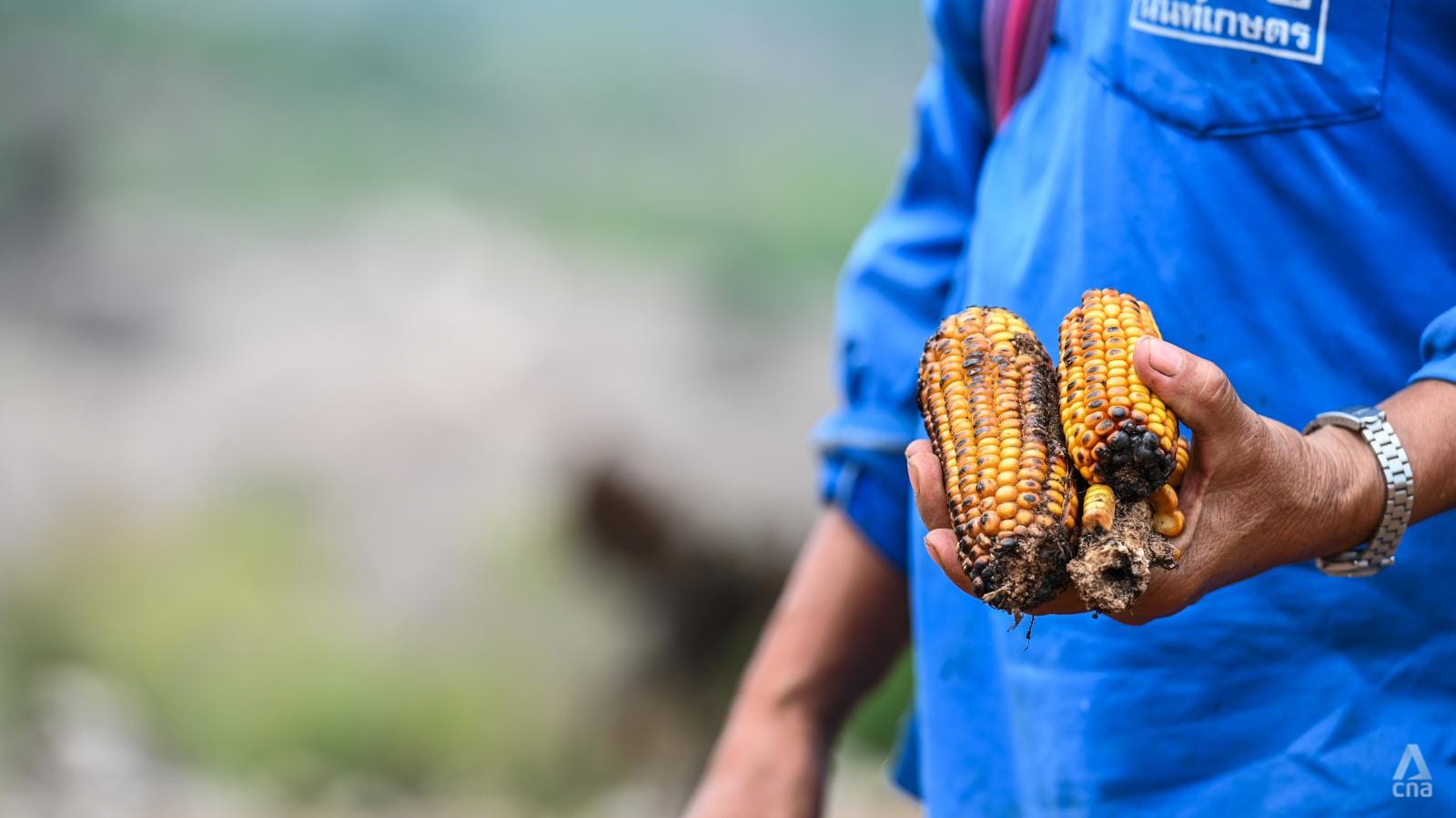
Rattanasiri Kittikongnapang, Greenpeace Southeast Asia’s food and forest campaigner, said that there needs to be more transparency from companies to make sure consumers truly know where their food comes from.
“This is the right to know for consumers, and if any corporations or any industry of meat production are confident enough that they are not relevant to causing haze pollution or deforestation, they should just put it online and make it more transparent for people to be able to access the data,” she said.
Agricultural sector researcher, Suwanna Sayruamyat from the Department of Agricultural and Resource Economics at Kasetsart University, said that developing better working relationships and market conditions between farmers and companies is essential moving forward.
Instead of middle men buying the maize and a situation where farmers need to take on unmanageable loans, the big firms could help pass on technical know-how, technologies and price stability directly, she suggested.
“Instead, the whole system works together to agree on a fair and sustainable balance – ensuring that consumers, too, are secured,” she said.
Without that, in places like Mae Chaem, the shifting trends in the hills are evident. Migrant workers from overseas are replacing the older generation of farmers, whose children now search for education and opportunity in the cities, a life opportunity paid for by waves of saddling debt.
As cultural practices fade and community ties slowly sever, what upsets some like Somkiat - the locally-based civil society researcher - is that farmers continue to be solely blamed for the environmental damage and pollution that is occurring.
“Several years ago, someone joked to me that people in Mae Chaem are very potent; they can wipe out trees along a whole mountain. I was bitter about that,” he said.
“We hope to see a shift in a more positive direction.”
Additional reporting by Jarupat Karunyaprasit and Jiratchaya Chaichumkhun.
















